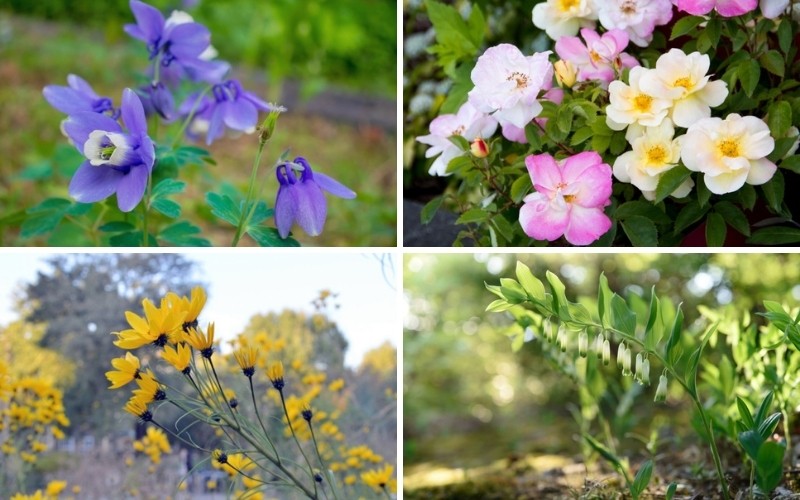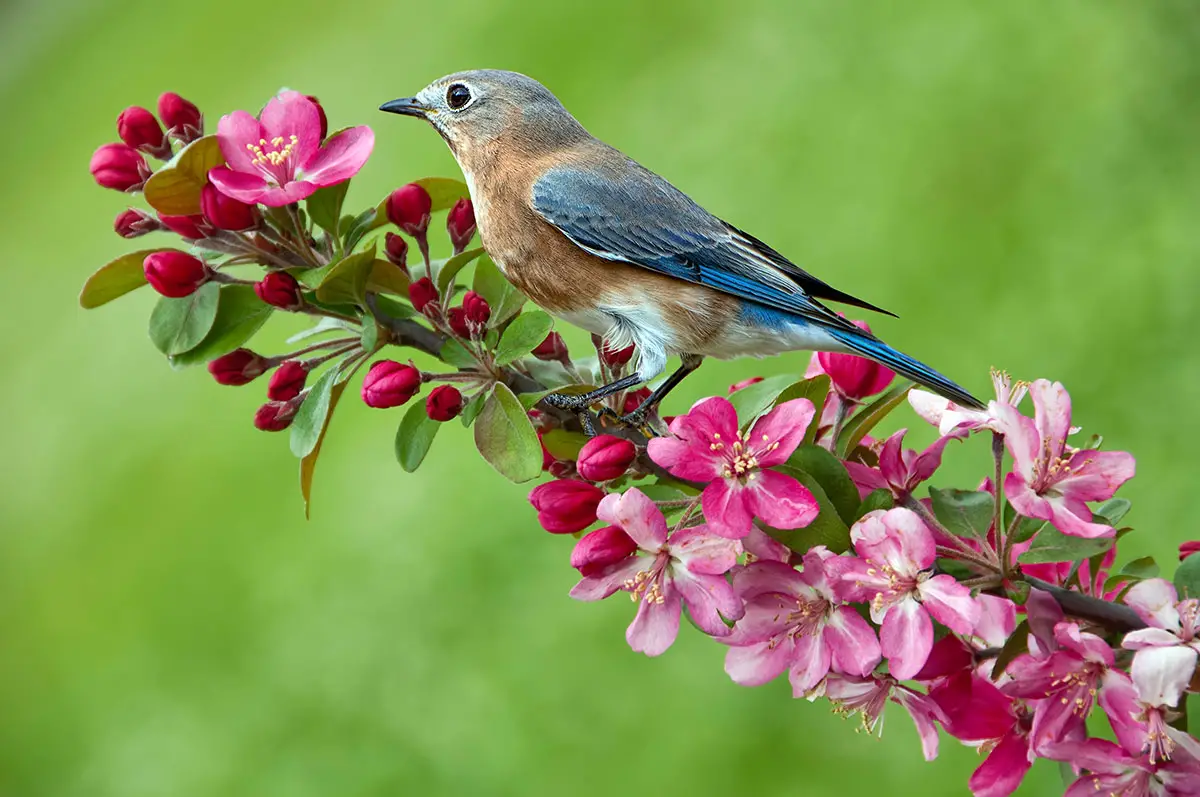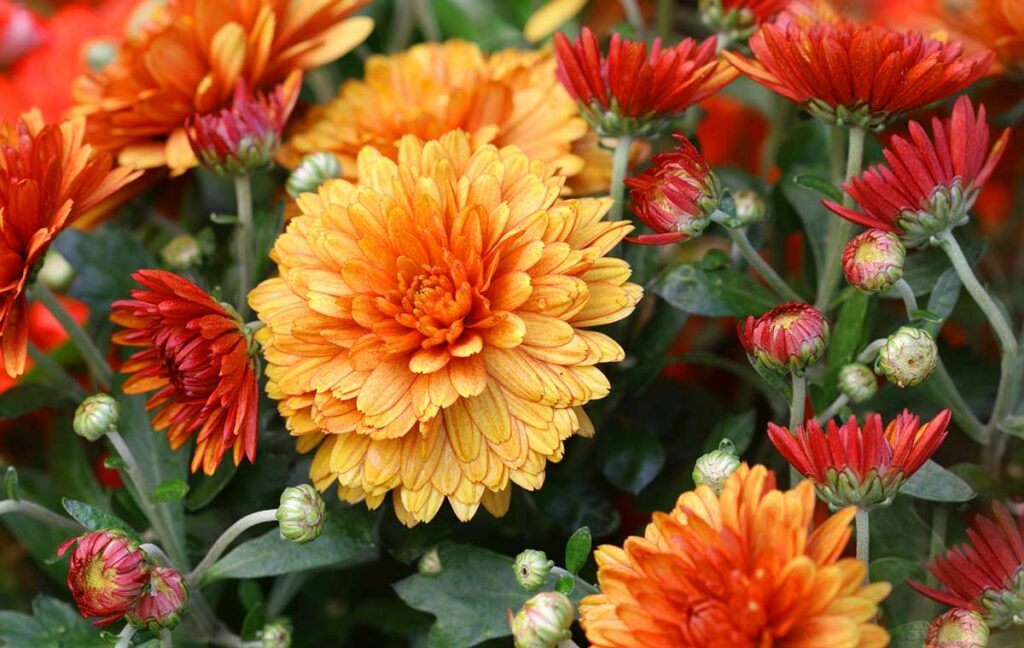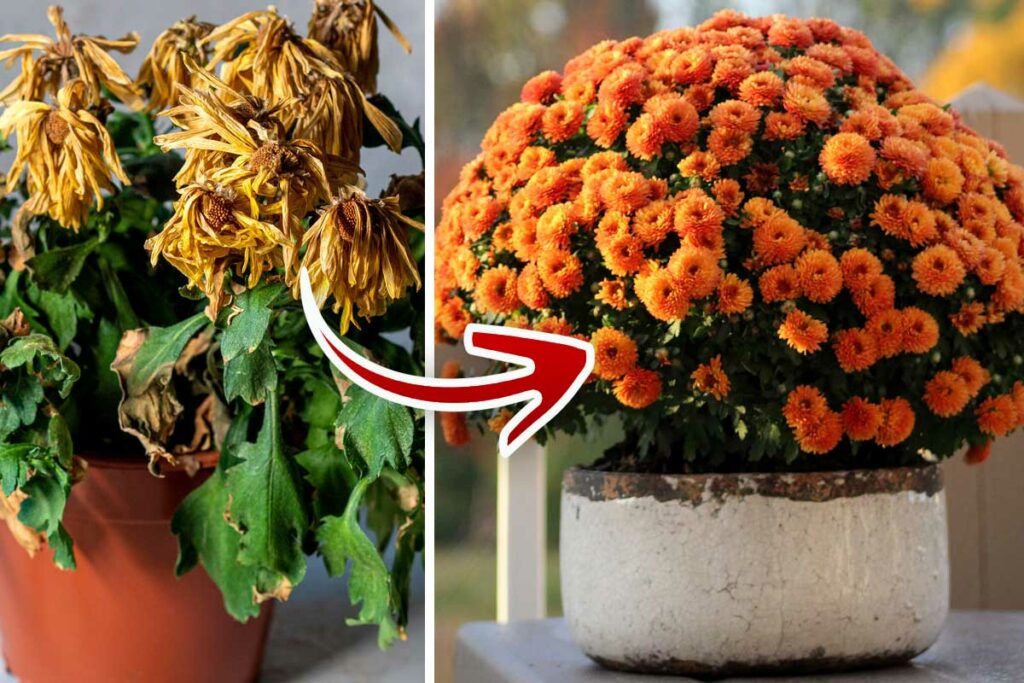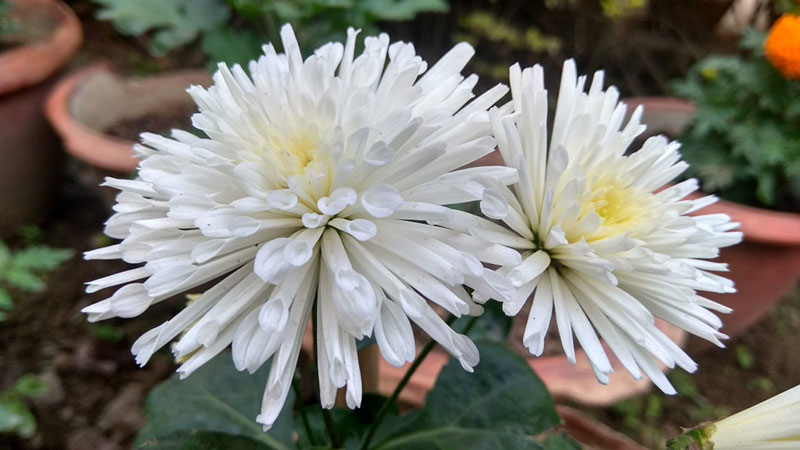
Chrysanthemums, which are commonly known as mums, are a lovely fall-blooming plant that is relatively easy to care for.
There are a myriad of different chrysanthemums that you can find to plant in your garden, and most of them vary in size, height, and type of bloom.
In this guide, we are going to cover everything that you need to know to care for the plant so that you can have thriving mums in your garden this year.
Growing Chrysanthemum
As with any plant, the way that it grows in your garden will depend on the care that it receives. These plants are going to be found growing in hardiness zones four through nine.
Blooming Time
The blooms of these flowers can be orange, yellow, red, purple, or white. This is a plant that will bloom easily during the time of the year when the days are shorter. Typically, this plant can be seen blooming from September to the first frost of the year.
Soil Requirements
Mums are not extremely picky when it comes to the type of soil that they grow in. However, they will do best in well-drained soil that has a relatively neutral acidity level. A slightly sandy soil mixture will be a great option for this plant.
Fertilization Needs
This is a plant that does not need a lot of fertilization to thrive, but adding a small amount of diluted fertilizer during the growing season can be beneficial to the blooms. A good fertilizer to choose would be any balanced formulation, such as a 5-10-5 mixture.
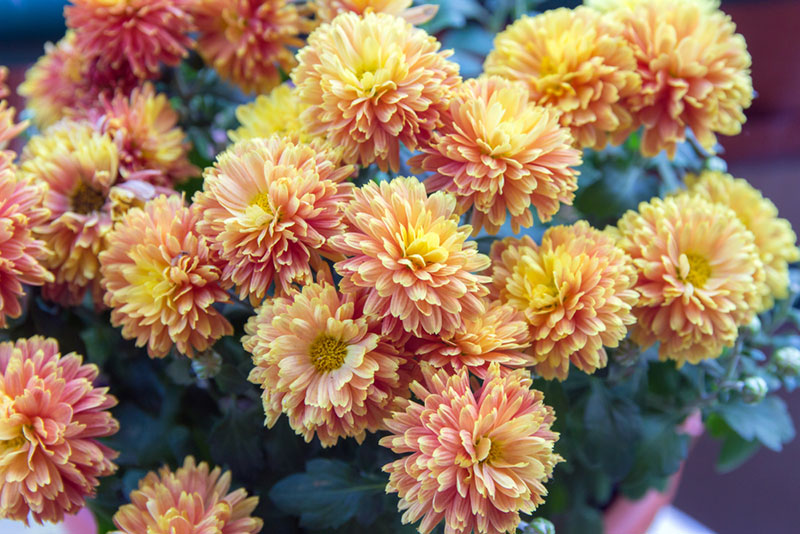
Light Requirements
This is a plant that is going to grow the best with full sun, which means that it will need to have at least five hours of direct sunlight a day to thrive. When a plant does not receive enough sunlight during the growing season, the blooms will be much weaker, and fewer of them will develop.
Water Requirements
Because the chrysanthemum plant is one that has shallow roots, more water may be required to keep it moist, especially when there is not much rain in the area where you live, or there is a lot of high heat in the area. When there is a lot of heat in the summer months, adding a layer of mulch to the soil can help to maintain the level of moisture that the plant needs to grow.
When to Plant Mums
Since this is a fall-blooming plant, it should be planted well before that time of the year. In fact, the spring is going to be the best time of year to plant a chrysanthemum, but it can be done at any time of year when the frost is not going to affect it. Ideally, you are going to want the roots to have six weeks to take to the soil so that there are no issues with the plant establishing before the weather changes.
Mums can be planted in containers or simply outside in the garden, but to start either, you will need to start with a hole that is twice the size of the root ball. If they are planted where multiple can be positioned, the plants should be in the ground about 18 inches apart or more. For some varieties, a support structure may be required.
Pruning
To help promote more blooms and growth, the plant will need to be pruned occasionally. It can be done when the plant grows to be 6 inches and a foot tall, but it should not be done within 100 days of the average blooming time. After the plant is done blooming, some individuals will choose to cut back the plant to about 4 inches in height, but it is not a necessary pruning that the plant needs.
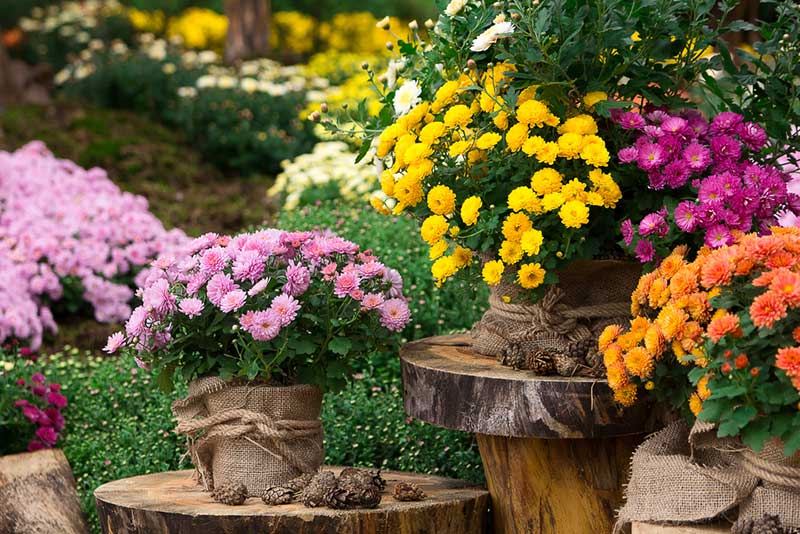
Propagation
Most chrysanthemums can be propagated from cuttings, seeds, or even by dividing the plant. However, some varieties that are patented, which means that they cannot be propagated without permission. If you are using a seed, they should be sown at least two months before the first frost of the year. If it does not have this much time to take root, it can be started indoors so that the temperature can be kept between 70 and 75 degrees.
If you are using a cutting, you should start with a snipping that is about 4 to 5 inches in length. Make sure to remove the bottom leaves, and plant it under a bright light until it takes root. It can be dipped in rooting hormone as well. When the plant is divided, the new bunch is going to grow better than the old one because it has more space to grow.
Pests and Diseases
Chrysanthemum is a plant that can have a few issues with pests and diseases. Some of the issues to look out for include:
- Leaf Spots: This is a disease that happens in warm, humid weather that will leave little brown spots on the surface of the leaves.
- Botrytis: This is a moldy fungus that occurs when the plant does not have good circulation.
- Root Rot: This is something that happens when the plant does not have soil with enough drainage.
- Powdery Mildew: This is a white fungus that can be seen on the leaves of these plants when the weather is humid, and the plants are not spaced properly.
- Aphids: These are tiny insects that can be seen feeding on the underside of the leaves. One of the best ways to determine if you have aphids in your garden is that the foliage will have a sticky residue on them that may attract ants to the plant.
- Leafminers: These are small insects that burrow under the surface of the leaves. These insects will not kill the plant.
- Spider Mites: These tiny insects are only about the size of a grain of pepper. They can cause the leaves of the plant to turn yellow.
- Thrips: These pests attack the leaves of the plants and leave them discolored.


